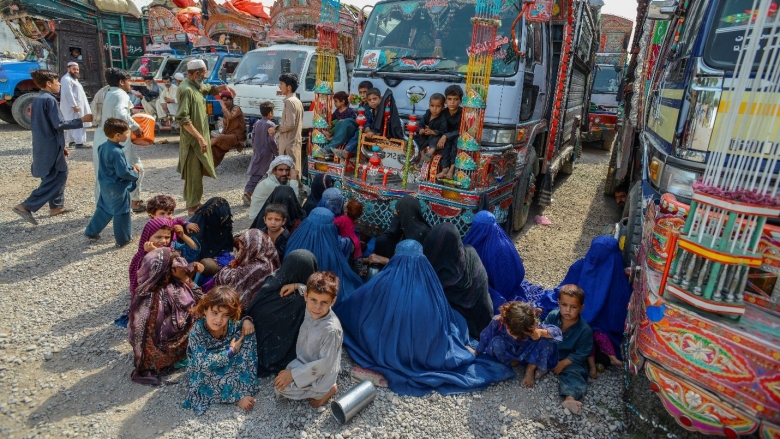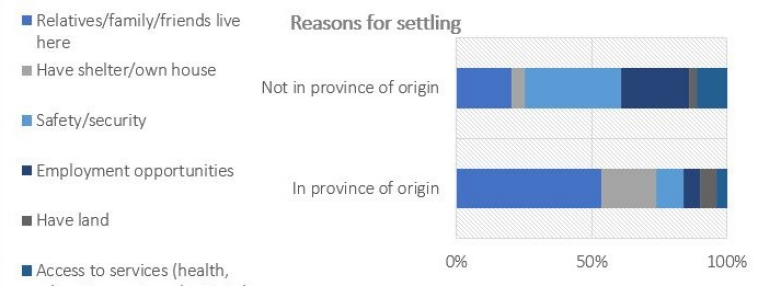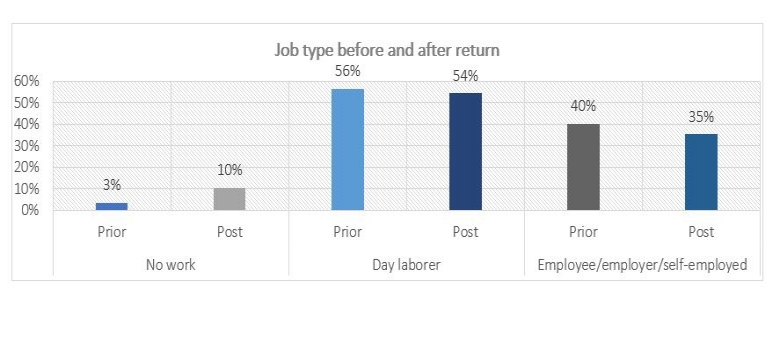Findings from a 2018 Phone Survey of Afghan Returnees and UNHCR data
Afghan citizens form one of the largest protracted refugee populations in the world; many Afghans have lived in exile for decades.
, including over half a million registered refugees who returned under the United Nations High Commissioner for Refugees (UNHCR) facilitated voluntary return program and received immediate humanitarian assistance.
At the height of the wave of returns to Afghanistan in 2016, little was known about the settlement patterns and needs of the more than 2 million Afghan returnees who had come back to Afghanistan since 2014.
In light of this knowledge gap, the World Bank Group and UNHCR formalized a joint data sharing and analysis agreement with the objectives to provide data analysis in support of improved targeting of humanitarian responses and development assistance for returned Afghans.



